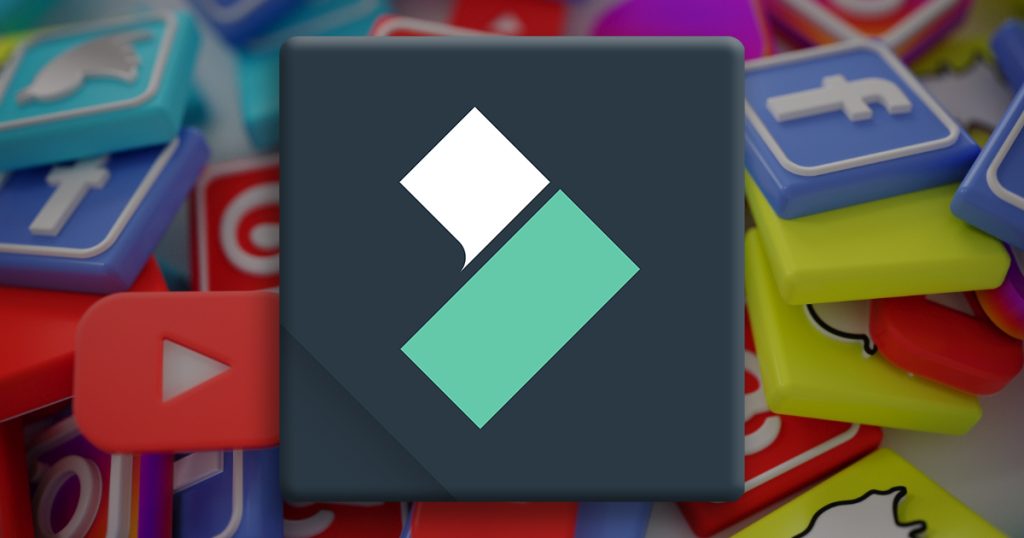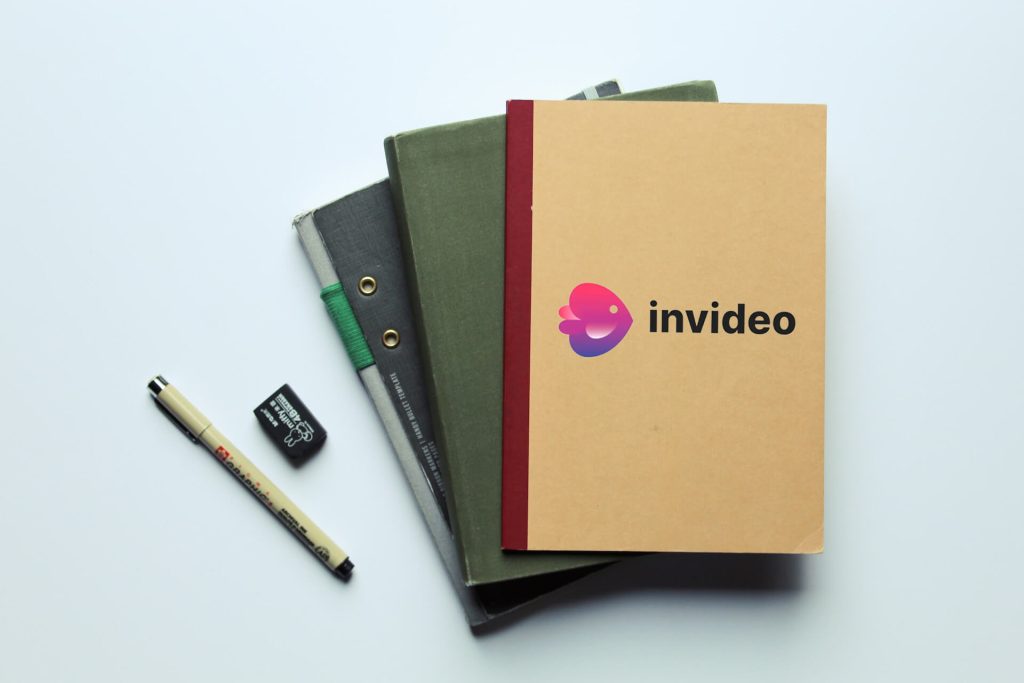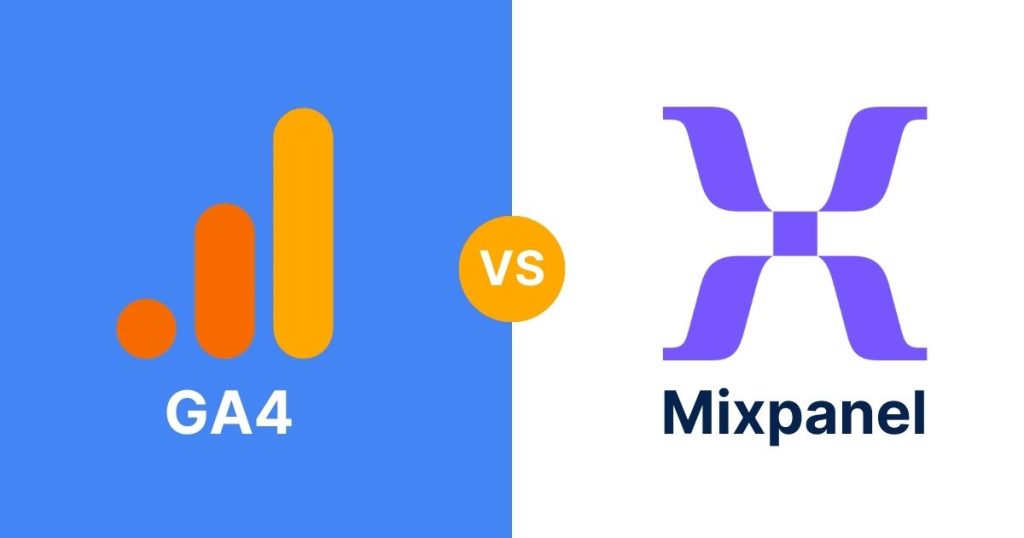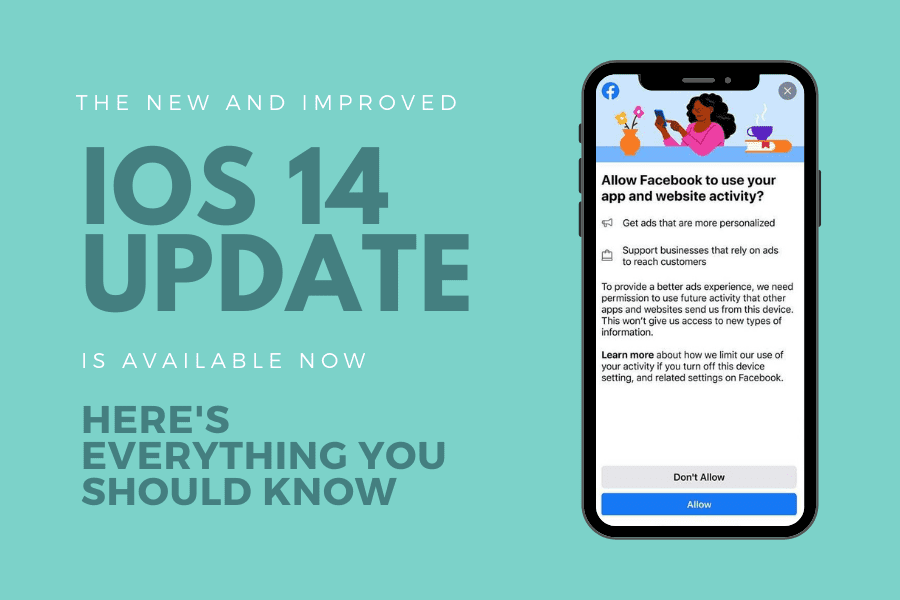No, the marketing funnel is not dead, and it was a perfectly fine idea that was formed almost a hundred years ago. Yes, you read that right. It was created in 1924. At that time, there were fewer than 2 billion people on the planet, and the big technology of the day was the zeppelin. And yet the marketing funnel model works. It more or less accurately describes the needs and desires of the consumer before purchase. We all go through the same stages when we familiarize ourselves with something new, start growing affection toward something, and decide on buying a product. So what do all the experts mean when they say, “The marketing funnel is dead”?
Not Dead but Also Not Good Enough
The marketing funnel does not exist as an actual experience. It is an abstraction, built on top of marketing statistics, to help marketers visualize, brainstorm, and act upon their process. The marketing funnel is a mental model:
A mental model … is a representation of the surrounding world, the relationships between its various parts and a person’s intuitive perception about his or her own acts and their consequences. [source]
There are as many perceived realities as there are people but only so many mental models. They help us organize, understand, and act in the supercomplex reality we are a part of. Mental models are an absolute necessity for living a human life, but they also represent a threat. The danger with mental models is that after a person selects one, their reality changes, and their capability of seeing things in any other way diminishes.
So I propose we do a double-take on the marketing funnel mental model and check its validity in an era much different from the one in which it was created.
Due Diligence of the Marketing Funnel
Let’s go through some of the properties of the marketing funnel mental model and see if they still hold true.
The Customer Journey
You hear this a lot when reading about marketing. It is meant to represent the way people are gradually massaged with various marketing techniques and finally transformed into buyers. There is a beginning and an end to the relationship between the buyer and a company.
It is the idea that the unsuspecting client wanders around, stumbles on your awareness ad, jumps through all the hoops, and disappears into the unknown somewhere in the direction of the bottom of the screen valid?
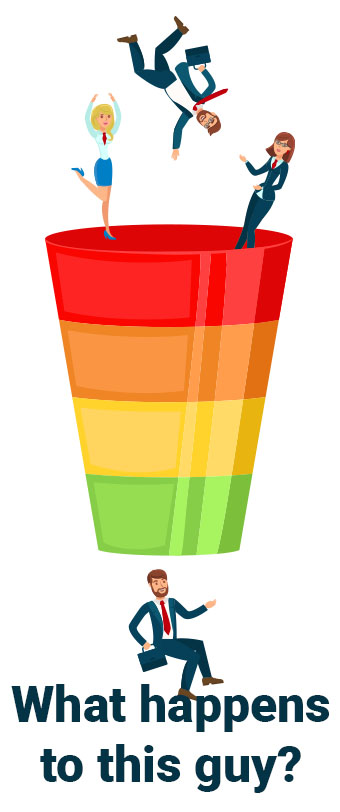
An example: Let’s say there is a hunter. The hunter knows the places where deer hang out, he is an expert on the deer whistle to attract the males, he knows how to hide in the bushes, and he knows how to use the wind to his advantage. Even if an individual deer sees him or smells him or learns the hunter’s patterns of movement, that will not help other deer. The communication capabilities of the deer are just too limited. The fate of the deer is pretty much in the hunter’s hands.
Imagine, now, the same deer—but with iPhones, opposing thumbs, and Twitter accounts. This community would have a rich virtual ecosystem of group chats, influencers, popular grazing venues, and the currently trendy mating calls. And of course, the moment an orange-capped, bipedal creature was spotted, the whole deer Twittersphere would erupt. All sightings would go viral, and the hunter’s location would be live fed to every individual deer in the community. Instant peer-to-peer communication would make the hunter’s job a lot more difficult.
As you all know, humanity has experienced a similar transformation in the last 100 years. Consumers got convinced, pressured, “caught,” and cheated, but then they got informed, verbal, and demanding. Consumers read reviews and testimonials, they follow influencers, and they ask friends. Younger consumers do that more and more.
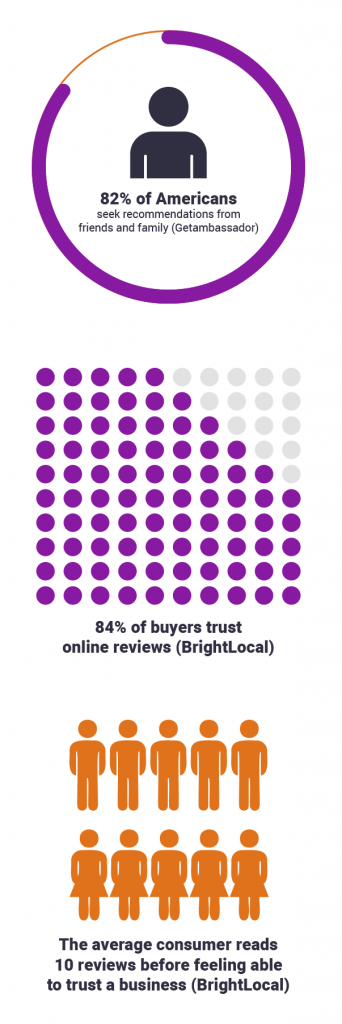
The effect of communication raised the individual’s consumer IQ, making it harder for the marketer to be successful in trying to sell to more and more people (especially if they were selling snake oil).
People who use your product matter. Their experience matters, and the way they speak about your company matters. They can never disappear, and they can never be forgotten. The “Customer Journey” has a beginning, but it does not have an end.
Marketers that adapt and understand the importance of communication and connection, nurturing and gratitude toward the buyer will flourish.
Conversion Rates or…
If we understand the ever-lasting relationships that are formed between the buyers and companies, how exactly should we measure our success? Are conversion rates—simple, easy to understand ratios of people making an action after a prompt—good enough?
Well, if your company plans to stick around, the answer is a clear no. It’s simply not good enough to chart out a conversion rate over time and feel safe if the line goes up.
Sure, CRO looks great on your dashboard, but without interpretation, it doesn’t offer much more than the other vanity metrics.
A big part of today’s companies is understanding the importance of building and nurturing relationships. It’s getting more and more important to have good reviews, to delight customers, and to take care of them post-purchase. The real question is how to measure and improve the feel of these post-purchase touchpoints. Each business needs to find a way to make building relationships important to their employees. And emphasizing conversion rates will just not do anymore.
From the Linear to the Cyclical: The Marketing Lifecycle
So how can we build a better mental model to represent the basis of our marketing efforts?
There has been much written on this topic. We love this piece by Julia McCoy. Go read it! But actually, the majority of authors on this topic have something in common: They connect the marketing funnel’s bottom back to the top. The evolution went kind of like this:
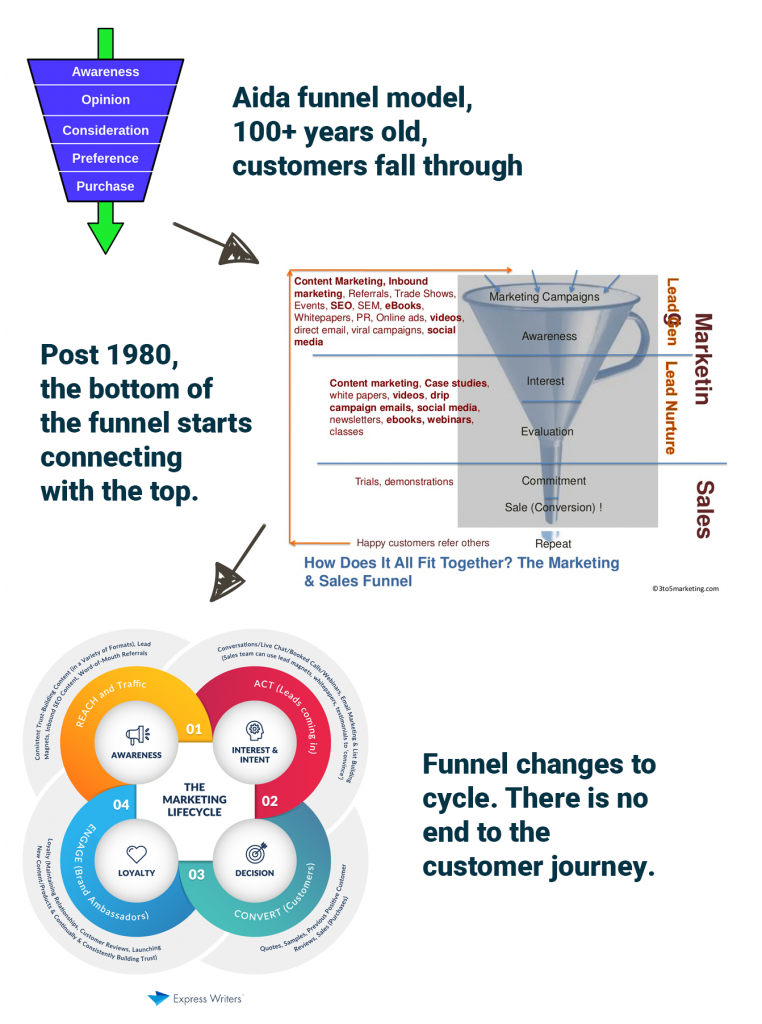
IN EACH STAGE, A SENSIBLE MARKETER SHOULD FOCUSED ON THE FOLLOWING:
Awareness
Brands need to focus on authority building in the industry via high-quality content on a key site “house” and in a variety of formats. Consistency and velocity are key.
Interest & Intent
Brands need to focus on conversational marketing, assigning live calls with prospects to the strongest team members and offering client-specific or seasonal coupons.
Decision
Brands need to focus on having samples, previous happy client reviews, and quotes ready to go for booking sales calls.
Loyalty
Brands need to focus on great service, delivering a great product, following up and checking on client happiness levels, and fixing or repairing any reason for dissatisfaction.
AND THE MANTRA SHOULD BE: “ADDING VALUE WITHOUT BEING PUSHY.”
Honestly. Just that. Just adding value and treating our customers as we would like to be treated—with respect, clarity, understanding, and gratitude. It isn’t easy, but that’s what will make you grow and your customers satisfied.
MAKING CUSTOMERS SATISFIED SHOULD BE ON YOUR DASHBOARD.
Becoming human-centric as a company will become vital with the emerging technology. How can you achieve this? A few examples:
- number of talks with past buyers this week
- number of positive reviews
- number of referrals
Wishing you a great journey into the unknown.
Interested in learning more? We wrote a blog post on Good Habits in Digital Marketing that we believe everyone should be aware of. Or simply get in touch by sending us an email to hello@goodish.agency, we’ll be happy to help!



